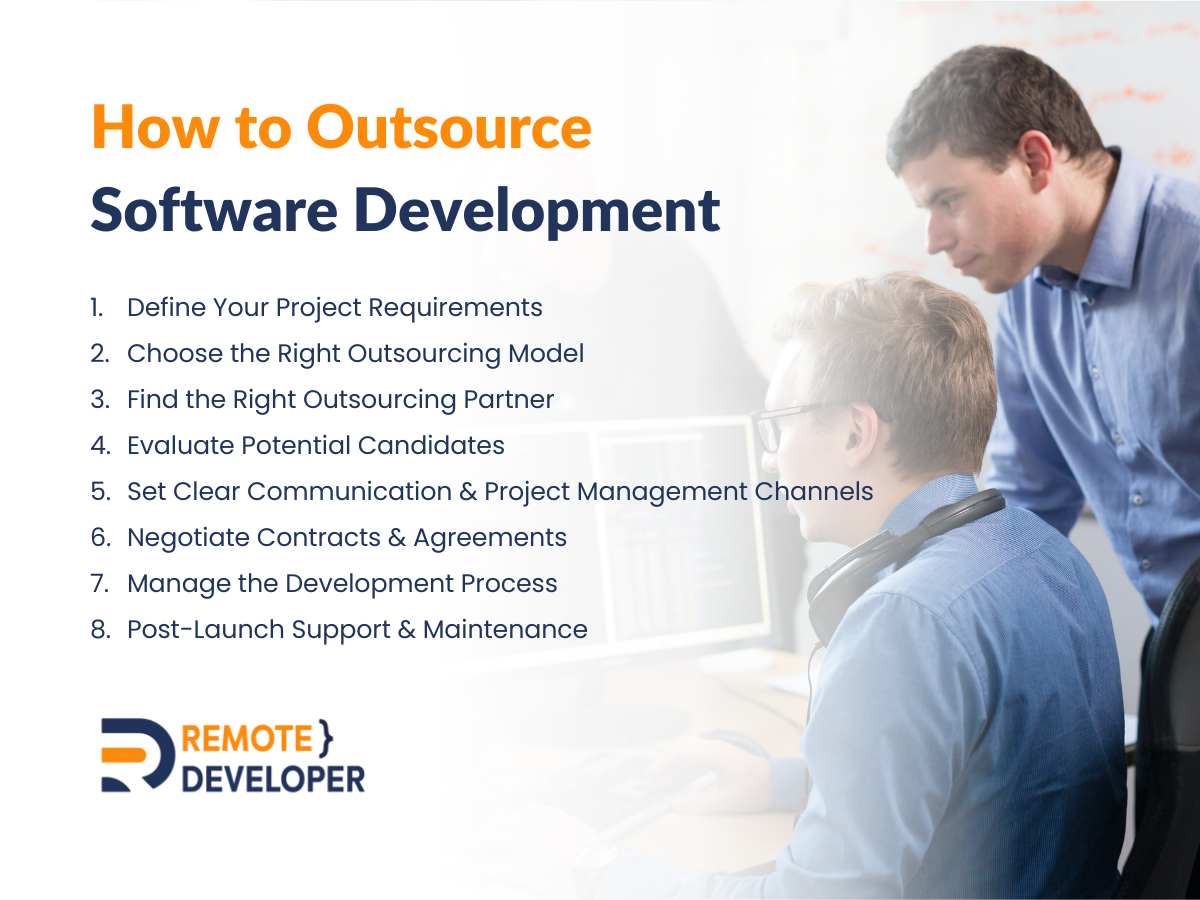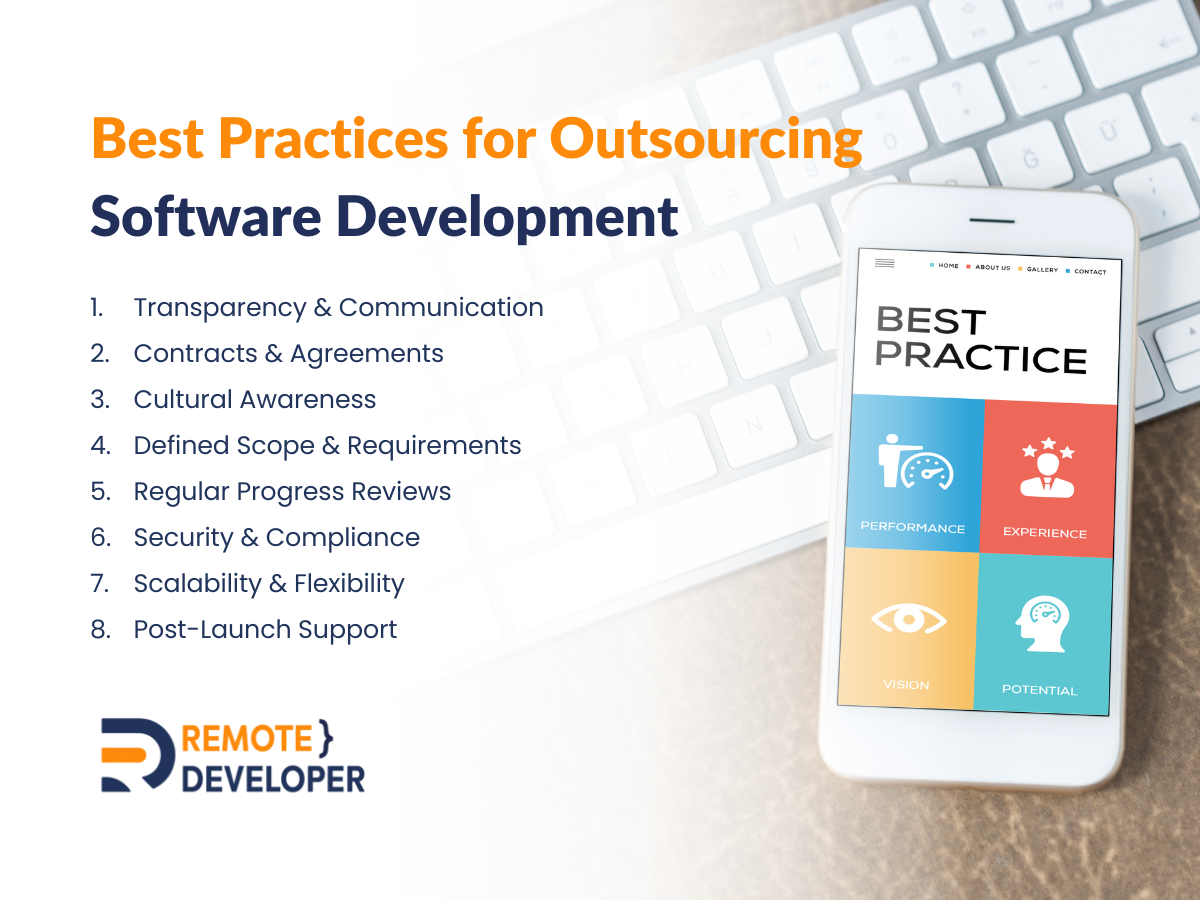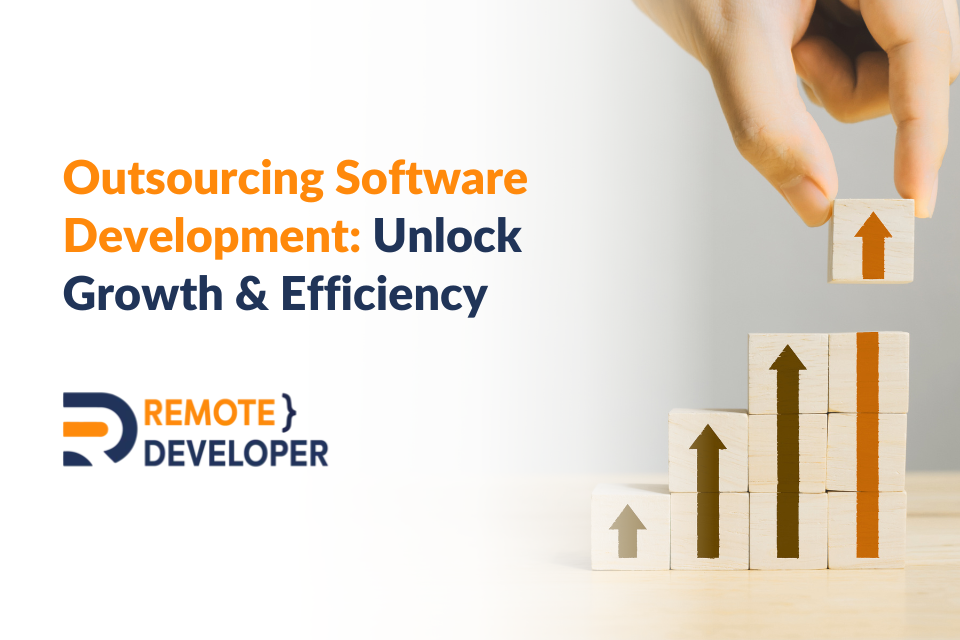Outsourcing software development has become a popular solution for businesses looking to scale their operations without the overhead of hiring an in-house team. For Australian companies, it’s not just about saving costs but also tapping into global talent pools. But how exactly do you outsource software development effectively? In this blog, we’ll explore the key steps and best practices for outsourcing software development, ensuring that you achieve quality results while minimising risks.
Why Outsource Software Development
Outsourcing software development provides several benefits for Australian businesses, helping them stay competitive and efficient.

1. Cost Savings
Hiring in-house developers comes with high expenses, including salaries, training, and infrastructure costs. Outsourcing offers access to skilled developers in regions with lower labour costs, reducing overall expenses.
2. Access to Expertise
Outsourcing allows businesses to work with skilled developers from a broader talent pool, enabling them to hire the best remote developers and gain access to specialised expertise that may not be readily available locally.
3. Scalability
Adjusting team size based on project requirements becomes easier. Whether expanding for a large project or reducing resources after completion, outsourcing offers flexibility without long-term commitments.
4. Faster Time to Market
Development teams working across different time zones can accelerate product launches. Around-the-clock progress ensures projects move forward efficiently.
5. Focus on Core Business
Internal teams can concentrate on key business activities such as strategy, marketing, and customer engagement while outsourced teams handle development tasks.
6. Risk Mitigation
Compliance, security, and deadline management responsibilities can be shared with outsourcing partners, reducing business risks.
7. Flexibility
Short-term and long-term needs can be managed without the constraints of hiring full-time staff, ensuring resources are available when required.
8. Innovation
External teams bring fresh perspectives and innovative solutions that may not have been considered internally, driving business growth and improvement.
How to Outsource Software Development
Outsourcing software development isn’t as simple as just picking a development team. It requires careful planning and strategy to ensure that you get the desired outcome.

1. Define Your Project Requirements
Before you begin looking for developers, it’s essential to clearly define the project’s scope, objectives, and goals. Whether you’re developing a new mobile app, web application, or enterprise software, understanding the technical requirements is key. This includes:
- Technical specifications: What platform, tools, or languages do you want to use?
- Timeline: When do you expect the project to be completed?
- Budget: What is your overall budget for the development?
2. Choose the Right Outsourcing Model
There are various outsourcing models you can choose from, depending on the complexity of your project and the level of involvement you want in the process. Some options include:
- Freelancers: Ideal for small projects or specific tasks. Freelancers provide flexibility, but managing multiple freelancers can be challenging.
- Dedicated Development Teams: Best for long-term projects or when you need full control. You can hire a team that works exclusively on your project, similar to having an in-house team.
- Staff Augmentation: If you need to fill a temporary skill gap, staff augmentation allows you to add experienced developers to your existing team.
3. Find the Right Outsourcing Partner
Once you’ve defined your project scope and chosen an outsourcing model, it’s time to find the right software development partner. Some ways to find potential partners include:
- Referrals: Ask other businesses for recommendations. Word of mouth can often lead to trustworthy partnerships.
- Online Platforms: Websites provide directories of freelance developers and agencies, but be cautious of fake job applicants and scammers posing as capable developers.
- Local and International Options: While outsourcing internationally can save money, businesses can also find quality developers locally or from nearby regions like New Zealand or Southeast Asia.
4. Evaluate Potential Candidates
Once you’ve shortlisted potential outsourcing partners, evaluate them thoroughly to ensure they meet your technical requirements, timeline, and budget. Key factors to consider:
- Portfolio & Expertise: Review their previous work and ensure they have the necessary experience in the technologies required for your project.
- Communication & Cultural Fit: Ensure clear communication and assess whether their culture aligns with your company’s values and workflow.
- Cost Efficiency & Quality Assurance: Evaluate the cost relative to your budget and ensure strong testing and quality assurance processes are in place.
5. Set Clear Communication & Project Management Channels
Effective communication is crucial for project success. Establish clear channels for managing the project efficiently. Key practices include:
- Regular Updates & Milestones: Schedule regular check-ins and set clear milestones to track progress.
- Collaboration Tools & Transparency: Use project management tools and foster transparency in communication.
- Time Zone Management & Feedback Loops: Accommodate time zone differences and establish continuous feedback to meet expectations.
6. Negotiate Contracts & Agreements
Once a partner is chosen, formalise the agreement with a clear contract covering key aspects:
- Timeline & Payment Terms: Specify deadlines for stages and outline payment schedules and conditions.
- Intellectual Property & Confidentiality: Define ownership of code and include non-disclosure agreements.
- Termination Clauses & Support: Include conditions for termination and terms for post-project support.
7. Manage the Development Process
Closely manage the project to ensure it meets expectations. Here’s how:
- Agile Methodology & Progress Tracking: Use agile methods for manageable tasks and track milestones using project management tools.
- Frequent Check-ins & Flexibility: Hold regular meetings and adjust as needed for unforeseen challenges.
- Quality Assurance & Risk Management: Ensure robust testing and monitor risks, developing mitigation strategies.
8. Post-Launch Support & Maintenance
After launch, ensure continued support and software maintenance:
- Bug Fixes & Performance Monitoring: Ensure quick fixes for bugs and continuous monitoring for performance improvements.
- Feature Enhancements & Documentation: Plan updates and maintain up-to-date technical documentation.
- Scalability & Contract Renewals: Ensure scalability and discuss long-term support agreements if necessary.
Best Practices for Outsourcing Software Development
Successful outsourcing requires careful planning and execution. These best practices ensure smooth collaboration and high-quality results, while avoiding common outsourcing mistakes that can hinder progress.

1. Transparency & Communication
Open and consistent communication is key to a successful outsourcing partnership. Define expectations early and establish clear communication channels. Regular updates, progress reports, and scheduled meetings help keep all stakeholders aligned.
2. Contracts & Agreements
A well-structured contract is essential to prevent misunderstandings and disputes. Ensure the agreement covers key aspects such as project timelines, payment schedules, intellectual property rights, confidentiality clauses, and termination conditions.
3. Cultural Awareness
Working with an international team involves navigating cultural differences. Take time to understand your outsourcing partner’s work culture, communication style, and time zone challenges. This helps avoid miscommunication and fosters a productive working relationship.
4. Defined Scope & Requirements
Clearly define your project’s scope, goals, and technical requirements before outsourcing. A well-documented software requirements specification (SRS) ensures both parties understand deliverables, reducing the risk of scope creep and delays.
5. Regular Progress Reviews
Monitoring progress is crucial to keeping the project on track. Schedule frequent status meetings, use project management tools like Jira or Trello, and conduct milestone reviews to address potential issues before they escalate.
6. Security & Compliance
Outsourcing often involves sharing sensitive data with an external team. Ensure proper security protocols, including NDAs, data encryption, and compliance with industry standards such as GDPR, HIPAA, or ISO certifications.
7. Scalability & Flexibility
Choose an outsourcing partner capable of adapting to changing project needs. Whether scaling the team up or down or adjusting to new requirements, flexibility ensures smooth project execution without compromising quality.
8. Post-Launch Support
The outsourcing relationship doesn’t end once development is complete. Plan for ongoing maintenance, bug fixes, software updates, and feature enhancements. Define the level of post-launch support included in the contract to ensure long-term success.
Conclusion
Outsourcing software development is a game-changer for Australian businesses, offering access to top talent, cost savings, and flexibility. By setting clear requirements, choosing the right outsourcing model, and keeping communication open, you set the stage for a successful partnership.
When you implement best practices like transparent communication, solid contracts, and reliable post-launch support, you reduce risks and maximise results. With the right outsourcing partner, your business can accelerate growth, drive innovation, and stay ahead of the competition in today’s fast-paced digital world.
Ready to take your software development to the next level? Contact us today, and let’s build something great together!

